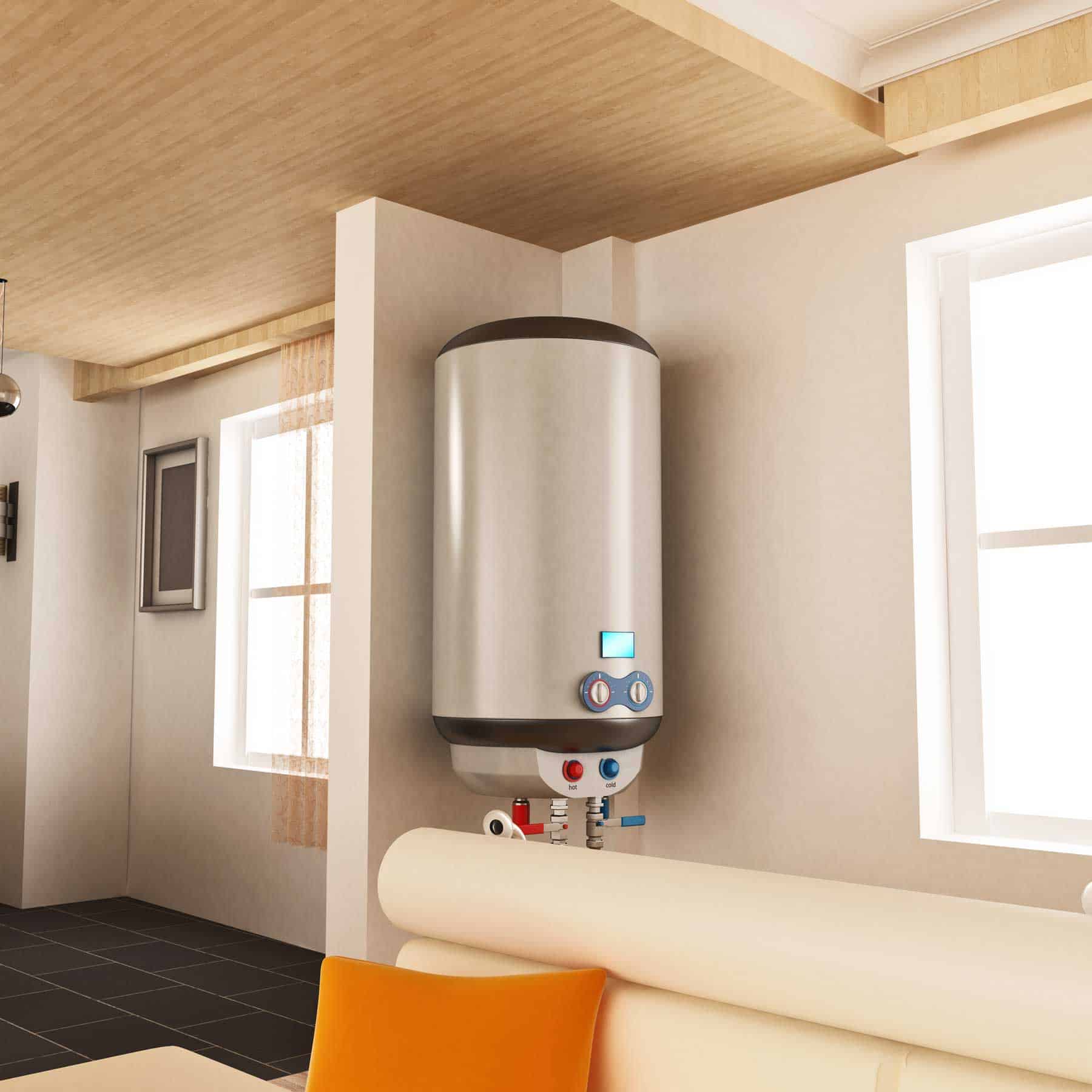The article author is making several good points about Tips on Maintaining a Water Heater as a whole in this post in the next paragraphs.

Warm water is crucial for daily comfort, whether it's for a revitalizing shower or washing recipes. To ensure your hot water system runs efficiently and lasts longer, routine maintenance is vital. This post supplies sensible pointers and understandings on just how to keep your home's warm water system to stay clear of disturbances and costly repair work.
Introduction
Maintaining your home's warm water system may appear difficult, but with a few straightforward actions, you can guarantee it operates smoothly for many years to find. This guide covers whatever from understanding your hot water system to DIY upkeep tips and recognizing when to call professional assistance.
Value of Keeping Your Warm Water System
Regular maintenance not just prolongs the life-span of your warm water system but also ensures it operates effectively. Ignoring upkeep can cause decreased efficiency, greater power bills, and even early failure of the system.
Signs Your Warm Water System Demands Maintenance
Recognizing when your hot water system needs interest can protect against major issues. Look out for indications such as inconsistent water temperature, unusual noises from the heating system, or rusty water.
Understanding Your Hot Water System
Before diving into upkeep tasks, it's practical to comprehend the basic components of your hot water system. Normally, this consists of the hot water heater itself, pipes, anode poles, and temperature level controls.
Month-to-month Upkeep Tasks
Regular month-to-month checks can aid capture minor issues prior to they rise.
Flushing the Water Heater
Purging your hot water heater gets rid of debris accumulation, enhancing performance and extending its life.
Monitoring and Replacing Anode Rods
Anode rods avoid corrosion inside the container. Examining and changing them when worn is important.
Checking and Readjusting Temperature Setups
Changing the temperature level settings ensures optimum performance and security.
DIY Tips for Upkeep
You can do numerous maintenance tasks yourself to maintain your hot water system in leading problem.
Checking for Leakages
Frequently evaluate pipelines and links for leakages, as these can cause water damages and higher costs.
Testing Pressure Alleviation Valves
Checking the pressure relief valve ensures it works correctly and avoids too much stress buildup.
Insulating Pipes
Insulating hot water pipes minimizes heat loss and can conserve power.
When to Call an Expert
While DIY upkeep is valuable, some issues call for specialist know-how.
Complex Problems Requiring Specialist Aid
Instances include significant leaks, electric troubles, or if your hot water heater is constantly underperforming.
Regular Professional Upkeep Perks
Specialist upkeep can consist of extensive examinations, tune-ups, and ensuring compliance with safety and security standards.
Conclusion
Routine upkeep of your home's warm water system is important for efficiency, long life, and price financial savings. By adhering to these pointers and understanding when to seek specialist help, you can guarantee a dependable supply of warm water without unforeseen interruptions.
How to Maintain an Instant Hot Water Heater
Before tinkering with your hot water heater, make sure that it’s not powered on. You also have to turn off the main circuit breaker and shut off the main gas line to prevent accidents. Also turn off the water valves connected to your unit to prevent water from flowing into and out of the appliance. 2. When you’re done, you have to detach the purge valves’ caps. These look like the letter “T†and are situated on either side of the water valves. Doing so will release any pressure that has accumulated inside the valves while at the same time avoid hot water from shooting out and burning your skin. 3. When the purge valves’ caps are removed, you have to connect your hosing lines to the valves. Your unit should have come with three hoses but if it didn’t, you can purchase these things from any hardware or home repair shops. You can also get them from retail stores that sell water heating systems. Read the user’s manual and follow it to complete this task properly. When the hosing lines are connected, open the purge port’s valves. 4. You should never use harsh chemical cleaners or solutions when cleaning your unit. Make use of white vinegar instead. It should be undiluted and you’ll probably use about 2 gallons. 5. Now flush your water heater. This task should probably take about 40 minutes. We can’t give you specific directions for this because the procedure is carried out depending on the type, model and brand of your heater. With that being said, refer to the user’s manual. 6. When you’re done draining the unit, you have to turn off the purge port valves again. Remove the hosing lines that you earlier installed on each of the water valves. Put the valve caps (purge port) back in their respective places and be very careful so as not to damage the rubber discs that are found inside these caps. 7. Now that everything’s back in place, check your user’s manual again to find out how to reactivate your water heating system. 8. Once it is working, turn one of your hot water faucets on just to let air pass through the heater’s water supply pipes. Leave the tap on until water flows smoothly out of it. https://www.orrplumbing.com/blog/2014/september/how-to-maintain-an-instant-hot-water-heater/

I was introduced to that editorial about Water Heater Maintenance Tips You Can't Afford to Forget from an acquaintance on another site. Do you know another individual who is involved in the niche? Take a moment to promote it. Thanks for being here. Don't hesitate to stop by our blog back soon.
Schedule Services